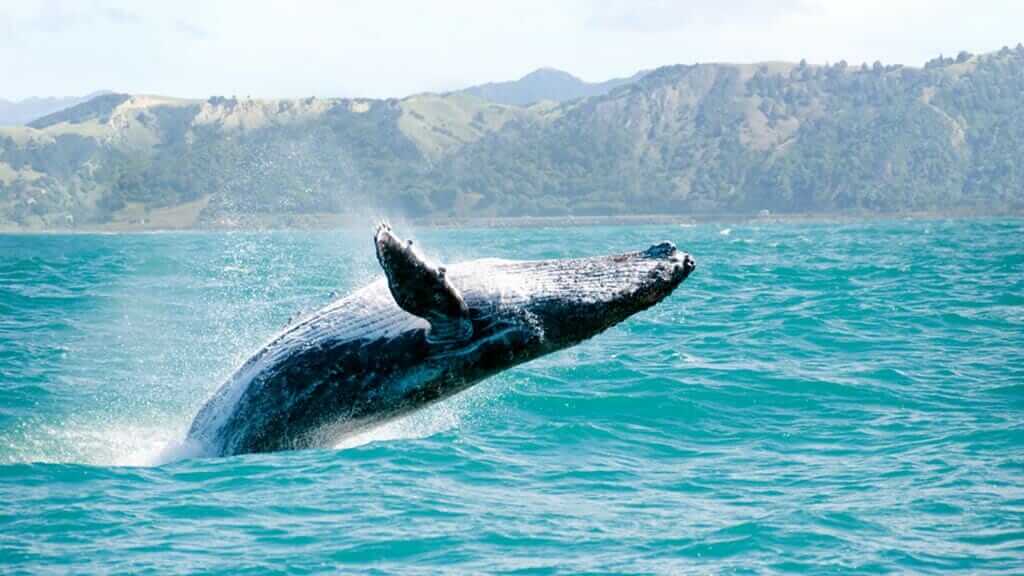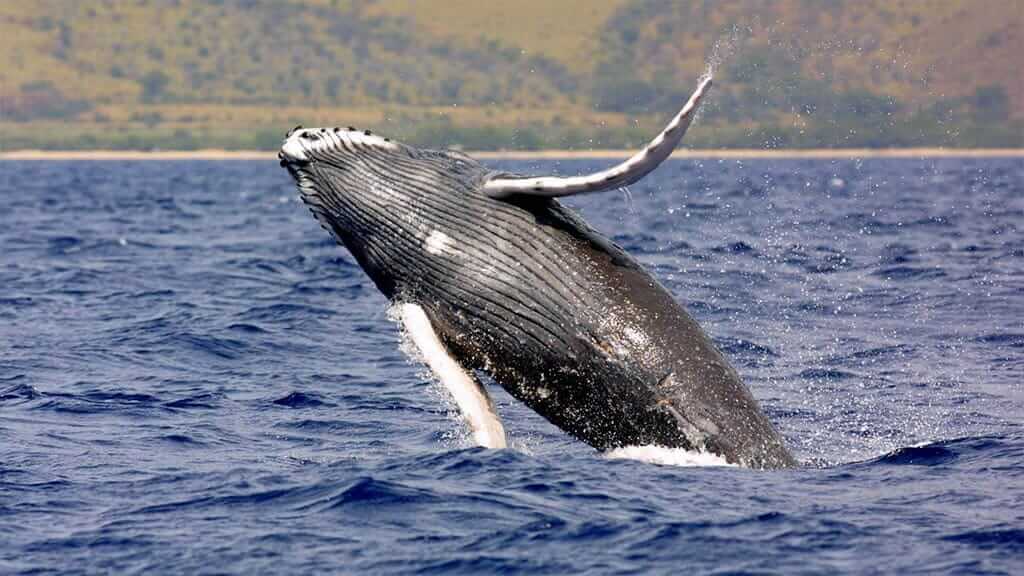July and August are the peak months for whale watching in Ecuador, as hundreds of humpbacks put on spectacular mating displays, physical and audible. They’ve come all the way from Antarctica for the warmer waters of the equatorial Pacific coastline, and boat operators haven’t seen a peak in human interest yet. Tourists are still on the rise, year on year.
This is how whales are located from long distances away — as much as an hour ahead — before a final approach towards their sides, at a speed below 7 knots, provided that the whale appears comfortable. Within 100 yards, engines must be shut off. However, an increasing number of tour boats employ sails for minimum disturbance of these amazing beasts, and their calves.
After a 5,300-mile journey, female whales will lose up to half their weight when giving birth and feeding calves. Males can typically weigh 40 tons, which gives some idea about how epic it is to observe a large adult just 10 meters from your boat. Often, there will be so many traveling in a group that the captain will need to change his course several times per hour.
SECURE YOUR ECUADOR TRAVEL
Get a FREE personalised quote todayIn late August, the males are calming down their displays, and in September, only females with calves remain. The calves must be strong enough to migrate back down south, and so it is also common to see them jumping around, and being curious about the visiting vessels. Dolphins and fin whales are bonus sights (as is a bowl of fresh seafood soup on your return to shore!)
Tours are normally an afternoon, or a whole day, usually with 6-12 passengers. Needless to say, longer tours increase whale viewings and the chance of a perfect encounter: a giant adult male exhibiting powerful displays at the ocean’s surface: arching, chest flapping, exposing flippers, tail-waving/slapping, head-slapping, and breaching (the most dramatic of all)
Book with The #1 Trusted
Ecuador Travel Agency
See our Happy Gringo Machalilla Highlights tour for the trip to Silver Island (sharing many species with the Galapagos), the Machalilla National Park, and naturally an afternoon of whale-spotting!




